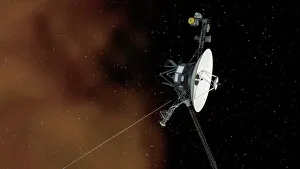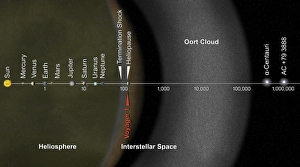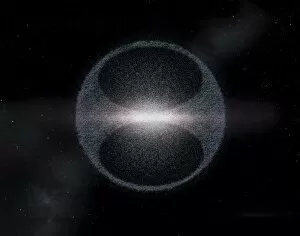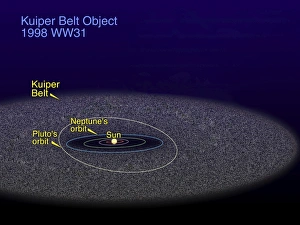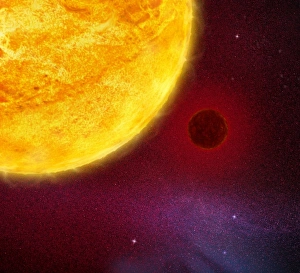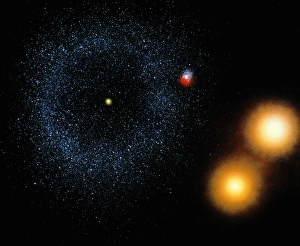Oort Cloud Collection
Voyager 1's historic passage into interstellar space in 2012 marked the official exploration of the outermost reaches of our solar system
All Professionally Made to Order for Quick Shipping
Voyager 1's historic passage into interstellar space in 2012 marked the official exploration of the outermost reaches of our solar system, the mysterious and vast Oort Cloud. This icy sphere, extending from approximately 2000 to 100,000 astronomical units from the Sun, is home to countless icy bodies, including short-period and long-period comets. The Oort Cloud's boundary, illustrated here with the orbits of Pluto, Neptune, and a binary Kuiper Belt object, is a dynamic and ever-changing frontier. Artwork depicts the Oort Cloud as seen from the Alpha Centauri system, with the hypothetical dwarf planet Tyche potentially residing within. The formation of the Oort Cloud and its comets is still a topic of ongoing research, with some theories suggesting the influence of a nearby star, Nemesis, or collisions with other celestial bodies. As Voyager 1 continues its journey into the unknown, the secrets of the Oort Cloud and its comets await discovery.

